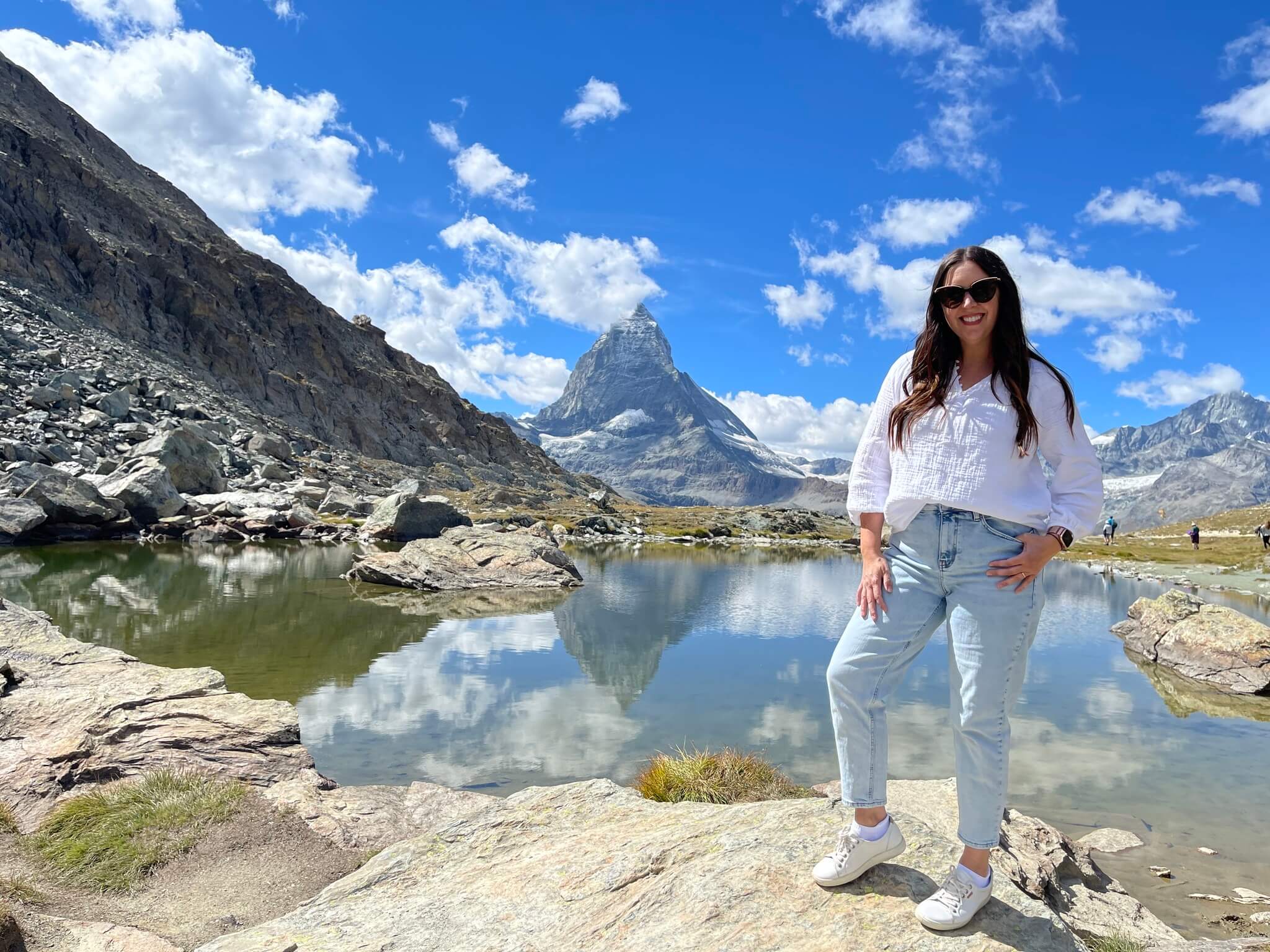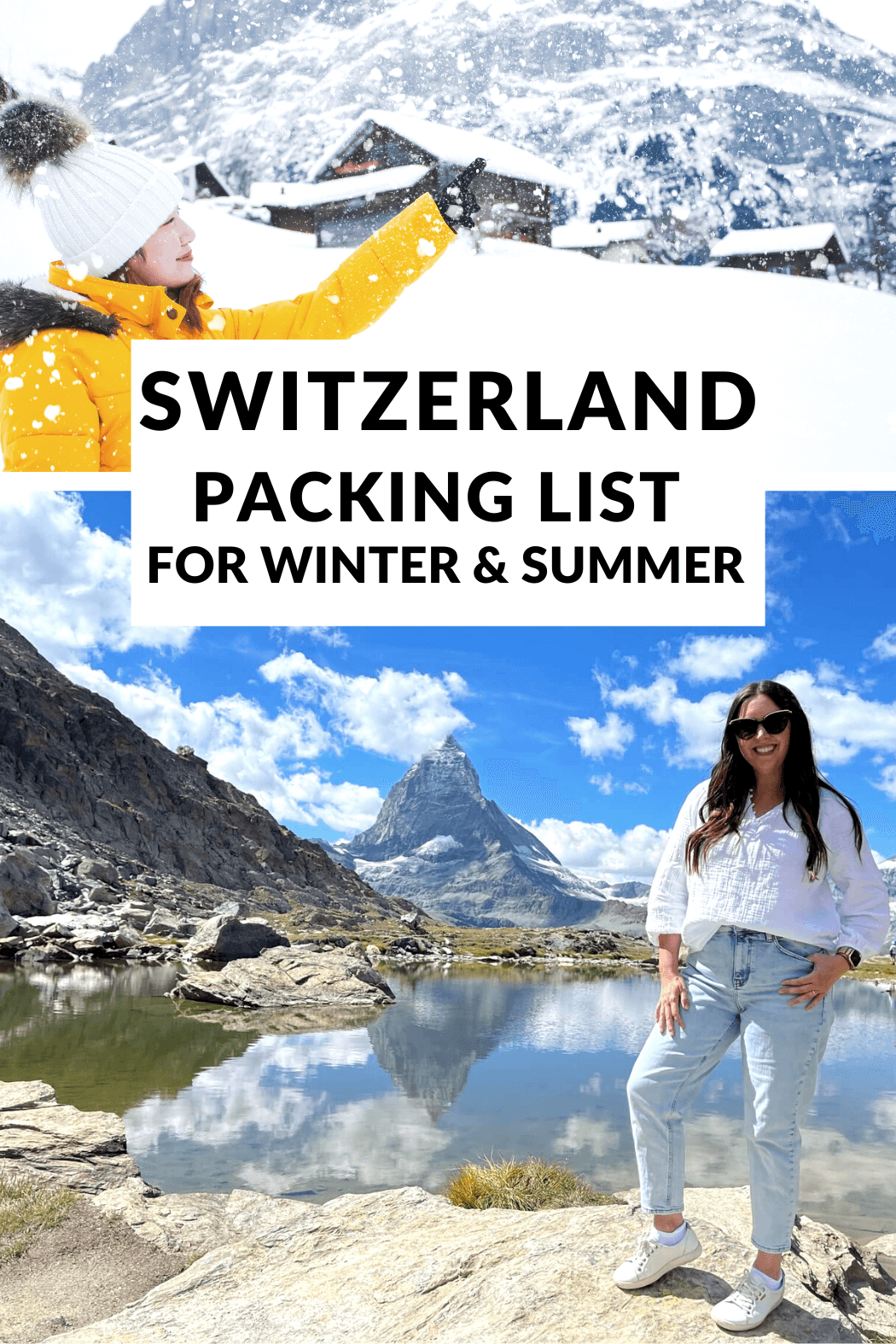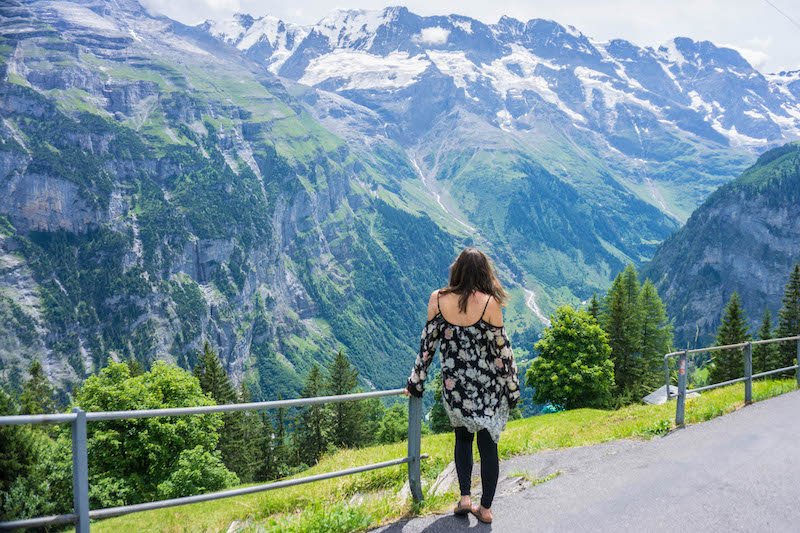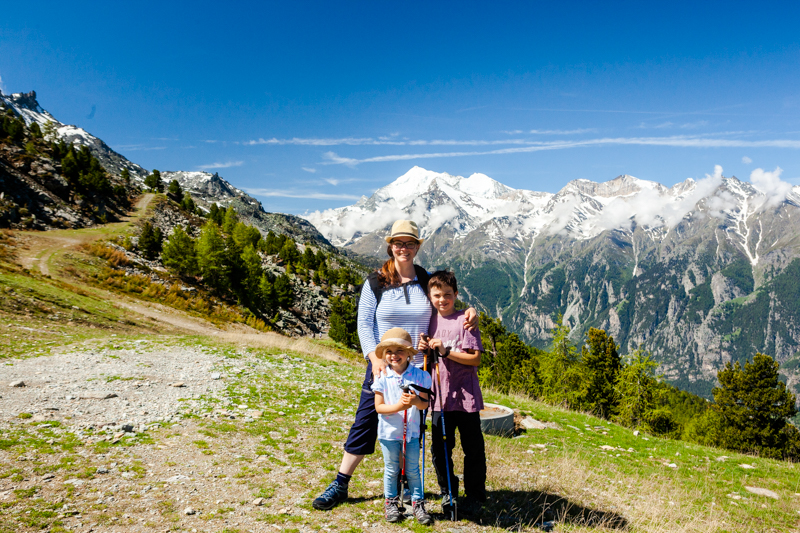Planning a trip to Switzerland? Join me as I dive into the essentials of dressing for your journey through this breathtaking country, rich in culture and scenery.
Introduction to Dressing in Switzerland
Switzerland, known for its stunning landscapes, charming towns, and vibrant culture, also boasts a unique style of dressing that reflects its residents’ values and the country’s diverse climate. Whether you’re exploring the streets of Zurich, skiing in Zermatt, or hiking in the Swiss Alps, understanding the dress code is crucial for having a comfortable and enjoyable experience. In this guide, we’ll explore what to wear in Switzerland, breaking it down by seasons, activities, and local customs.
Understanding Seasonal Dress Codes
Spring (March to May)
Spring in Switzerland brings mild temperatures and beautiful blooms. However, the weather can be unpredictable. It’s best to layer your clothing to adapt to changes throughout the day.
- Lightweight sweaters
- Waterproof jacket
- Comfortable walking shoes
Summer (June to August)
During summer, one can expect warm days, especially in cities like Geneva and Lucerne but cooler temperatures in higher altitudes.
- Breathable fabrics (cotton, linen)
- Shorts and light dresses
- Sun protection: hats, sunglasses, sunscreen
Autumn (September to November)
Autumn is marked by beautiful foliage and cooler temperatures. Layering is again essential.
- Jackets or cardigans
- Scarves for added warmth
- Sturdy shoes for hiking
Winter (December to February)
Winter means snow, especially in the Alps. Good winter gear is essential for staying warm and dry.
- Insulated, waterproof jacket
- Thermal layers
- Snow boots with grip
Dress Code by Activity
Urban Exploration
When exploring cities, casual yet stylish clothing is the norm.
- Smart casual outfits like jeans and a nice top
- Comfortable walking shoes
- Accessorize with a scarf or statement jewelry
Skiing and Snow Sports
If you’re hitting the slopes, invest in high-quality ski gear.
- Waterproof ski jacket and pants
- Thermal base layers
- Ski gloves and hats

Hiking and Outdoor Adventures
Hiking in Switzerland is a must, but be prepared with the right gear.
- Durable hiking boots
- Moisture-wicking clothing
- A backpack with water and snacks
Cultural Considerations
Switzerland is home to a mix of cultures, primarily German, French, and Italian. Here are some tips to ensure you dress respectfully:
- Avoid overly revealing clothes, especially in religious sites.
- Dress appropriately for dining experiences—casual attire is often acceptable, but upscale restaurants may require smarter dressing.
Packing Tips for Switzerland
To make your packing easier, consider these tips:
- Choose versatile clothing that can be mixed and matched.
- Pack layers to adapt to temperature changes.
- Don’t forget travel accessories like travel-sized toiletries, portable chargers, and a daypack.
Destination Highlights: What to Wear Where
| Destination | Recommended Attire |
|---|---|
| Zurich | Smart casual; include comfortable shoes for walking. |
| Zermatt | Winter gear if skiing; otherwise, layered clothing for exploring. |
| Geneva | Chic but comfortable outfits; consider the international vibe while dressing. |
| Lucerne | Casual attire for sightseeing; hiking gear if you plan to explore the mountains. |

Pros and Cons of Dressing for Switzerland
Pros
- Dressing appropriately helps you blend in with locals.
- Comfortable clothing enhances your travel experience.
- Preparedness for Swiss weather ensures safety.
Cons
- Overpacking might occur if unsure of the weather.
- High-quality gear can be expensive.

Personal Travel Experiences
During my trip to Switzerland last year, I underestimated the weather in the Alps while hiking. I packed light, thinking I’d only need my summer clothes. However, I was hit with an unexpected chill and a drizzle. Thankfully, I met some friendly locals who shared a spare rain jacket with me, which taught me the importance of being prepared.
Another memorable moment was dining in Geneva. I wore casual attire thinking that would be appropriate, but I noticed many diners dressed quite elegantly. Since then, I always pack at least one smart outfit for upscale dining experiences.
Top Clothing Brands for Swiss Travel
While traveling, it’s essential to have the right gear. Here’s a comparison of some top clothing brands recommended for travelers to Switzerland:
| Brand | Best For | Rating | Price Range | Highlights |
|---|---|---|---|---|
| North Face | Winter Gear | 4.8/5 | $100 – $500 | Durable and weather-resistant |
| Columbia | Outdoors & Hiking | 4.5/5 | $50 – $300 | Great value for outdoor wear |
| Patagonia | Eco-Friendly Options | 4.7/5 | $80 – $600 | Sustainable practices and high quality |
| Mammut | Alpine & Climbing Wear | 4.6/5 | $100 – $700 | Specialized for climbing and alpine adventures |

FAQs about Switzerland Dress Code
What is the general dress code in Switzerland?
The dress code in Switzerland is generally smart casual. People tend to dress well, especially in urban areas, but comfortable clothes are acceptable for everyday activities.

Is there a dress code for dining in Switzerland?
Dining dress codes vary by restaurant, but upscale dining often requires smarter attire. Always check in advance to be prepared.
What should I wear while hiking in the Swiss Alps?
For hiking in the Swiss Alps, wear moisture-wicking clothing, sturdy hiking boots, and carry a waterproof jacket. Layer your clothing to adjust to the changing weather.
Do I need to wear specific attire for religious sites?
Yes, when visiting churches or other religious sites, it’s respectful to dress modestly. Cover your shoulders and legs.
